Intro
Pizza is a beloved comfort food, but traditional recipes often include dairy-based cheese, making them unsuitable for those with lactose intolerance, dairy allergies, or those following a plant-based diet. Fortunately, making a delicious, dairy-free pizza at home is easier than you think!
In this guide, we’ll show you how to create the best dairy-free pizza with simple, wholesome ingredients. You’ll learn how to choose the perfect dairy-free cheese, craft a flavorful sauce, and pick the best toppings for a satisfying, cheesy-like experience—without any dairy.
Whether you’re vegan, lactose-intolerant, or simply looking to reduce dairy in your diet, this recipe is packed with flavor, texture, and all the goodness of a classic pizza. Plus, we’ll share expert tips to ensure your dairy-free pizza comes out crispy, melty, and absolutely delicious every time.
Let’s dive into the secrets of making the perfect dairy-free pizza at home! 🍕✨
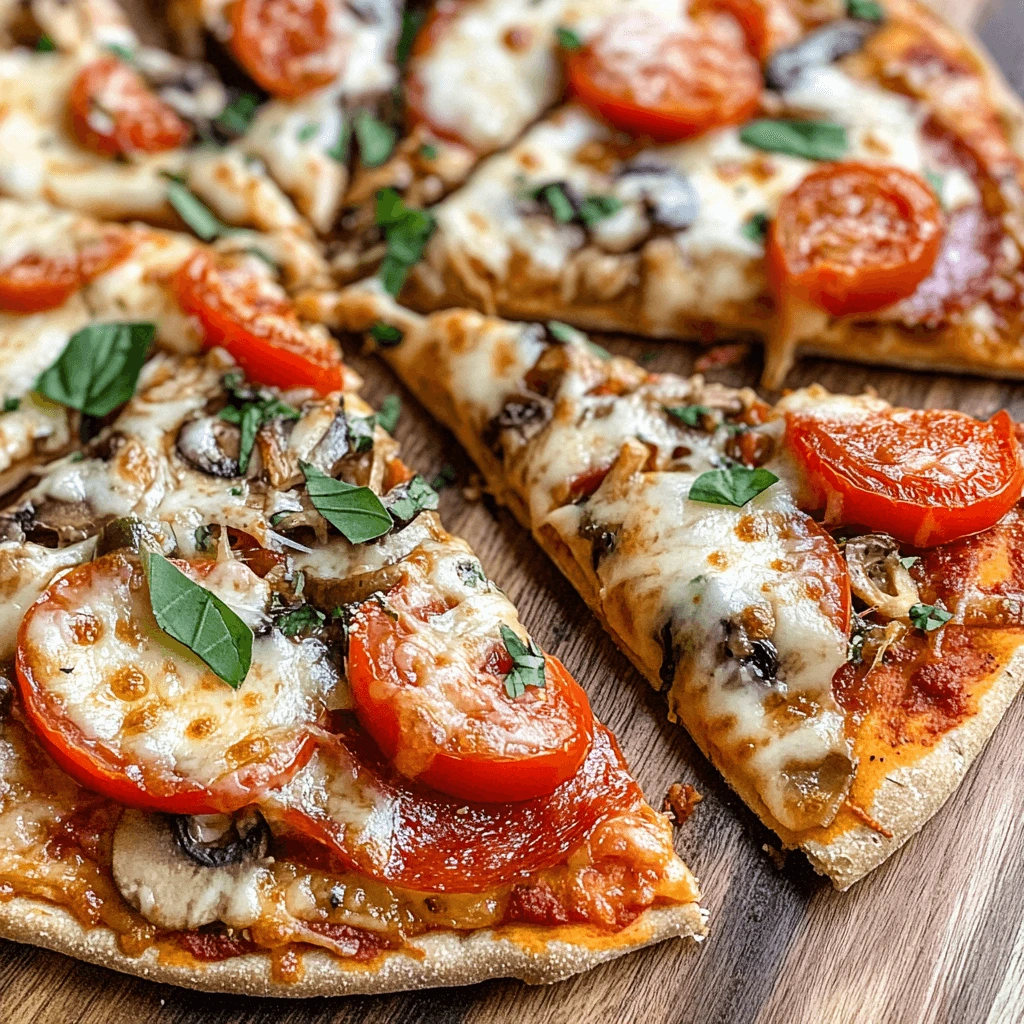
Why Choose Dairy-Free Pizza?
Great for Lactose Intolerant & Vegan Diets
Dairy-free pizza is a fantastic choice for individuals who are lactose intolerant or follow a vegan diet. Traditional cheese can cause digestive discomfort for those sensitive to lactose, while plant-based alternatives provide a tasty, cruelty-free option. (Learn more about lactose intolerance from National Institute of Diabetes and Digestive and Kidney Diseases (NIDDK))
Healthier Alternative
A dairy-free pizza is often lower in saturated fats and cholesterol than traditional versions, making it a heart-friendly option. Swapping dairy cheese for alternatives like cashew cheese or nutritional yeast can reduce unhealthy fats while still providing rich flavor. (Check out the American Heart Association for heart-healthy eating tips)
Delicious & Customizable
Ditching dairy doesn’t mean sacrificing taste! There are plenty of plant-based cheeses, homemade sauces, and fresh vegetables that enhance flavor. From nut-based cheeses to creamy hummus spreads, the options are endless. (Explore creative dairy-free toppings from Academy of Nutrition and Dietetics)
Better Digestion
Dairy-free pizza options can be easier on the stomach for many people, especially those sensitive to lactose. Choosing dairy-free alternatives allows for better digestion and overall comfort. Find more info about lactose intolerance and digestion at Cleveland Clinic.
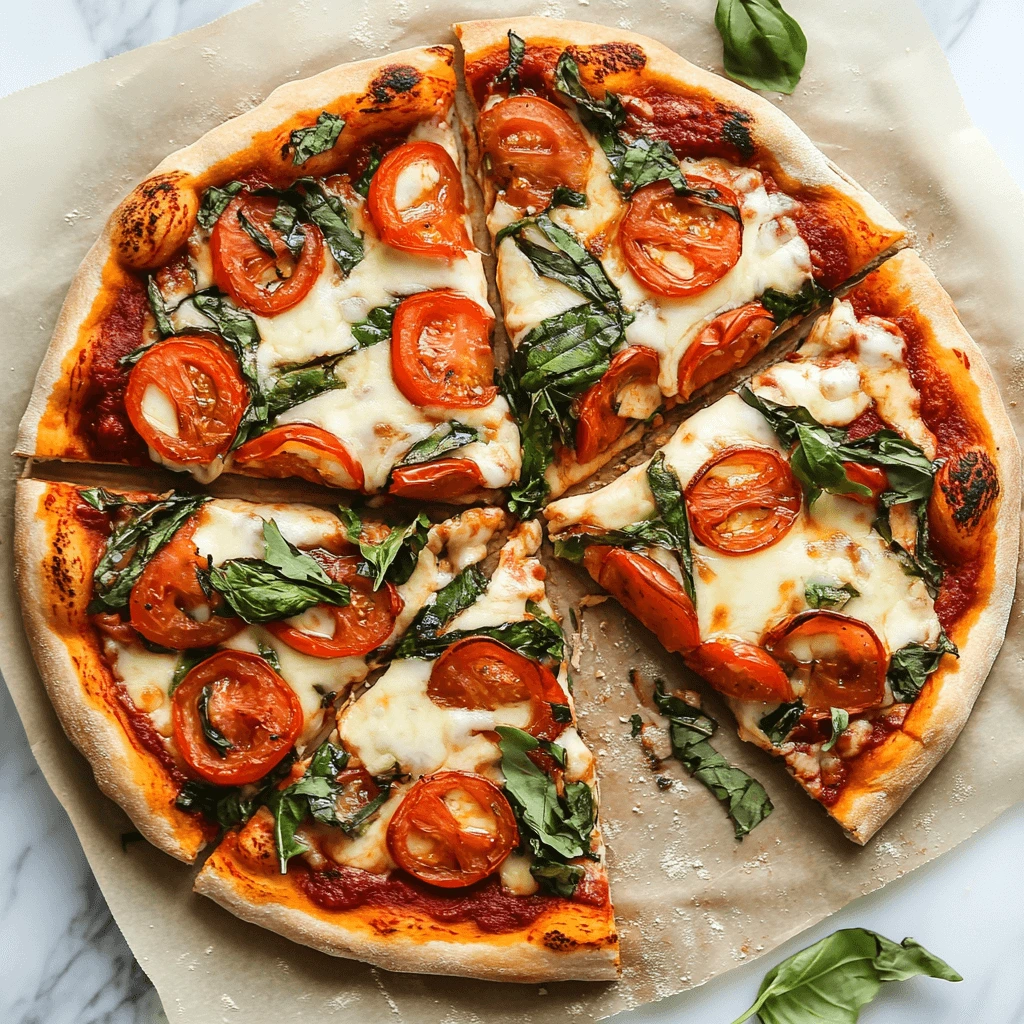
Step-by-Step Guide to Making Dairy-Free Pizza
Follow these simple steps to create a delicious, dairy-free pizza that everyone will love!
Step 1: Preparing the Dough
The first step to a perfect dairy-free pizza is selecting the right crust. You can choose a gluten-free or cauliflower crust for a lighter, low-carb option or stick with traditional pizza dough that doesn’t contain dairy ingredients.
- Let the Dough Rise: Allow your dough to rise properly for a soft and fluffy texture. Patience is key—it enhances the final product.
- Healthier Option: For a nutrient boost, try making your dough from scratch using whole wheat flour.
Step 2: Selecting & Spreading the Sauce
Next, pick a flavorful, dairy-free sauce. A classic tomato-based marinara works well, but you can also get creative with other options:
- Dairy-Free Alternatives: Try pesto (using nutritional yeast instead of Parmesan) or an olive tapenade for unique flavors.
- Pro Tip: Spread the sauce evenly across the dough while leaving a small border for a crisp, golden crust. For an extra flavor boost, sprinkle garlic powder or add fresh herbs like basil.
Step 3: Adding Dairy-Free Cheese & Toppings
Dairy-free cheese has come a long way, and there are plenty of tasty options to choose from:
- Cheese Alternatives: Use vegan mozzarella, cashew cheese, or almond-based cheese for a creamy, melt-in-your-mouth texture.
- Fresh Toppings: Add colorful vegetables like bell peppers, onions, mushrooms, spinach, and olives. For protein, try plant-based options like tofu, tempeh, or vegan sausage.
- Customization Tip: Mix and match your favorite toppings to create a unique pizza every time!
Step 4: Baking to Perfection
The final step is to bake your pizza until the crust is crisp and the cheese is perfectly melted.
- Optimal Temperature: Preheat your oven to 475°F (245°C). This high temperature ensures a crispy crust and even baking.
- Baking Time: Bake for 10-12 minutes or until the crust turns golden brown and the cheese is melted. Check halfway through to prevent overcooking.
- Finishing Touch: Let the pizza cool for a couple of minutes, then slice and serve. Add a drizzle of olive oil or sprinkle fresh basil on top for extra flavor.
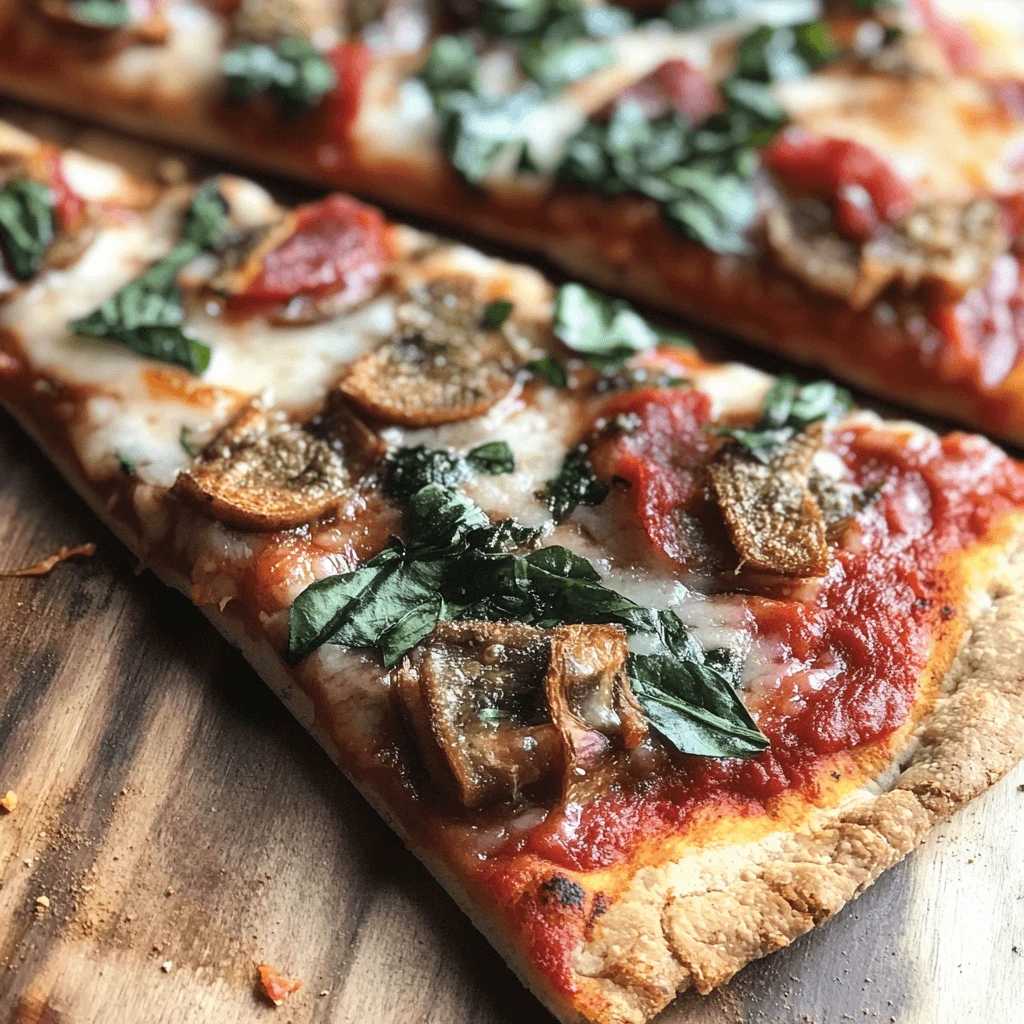
Tasty Dairy-Free Pizza Variations
Classic Dairy-Free Margherita
A classic Margherita pizza is a timeless favorite, and it’s easy to make dairy-free. Start with a rich tomato sauce, and then add fresh basil leaves and a generous layer of vegan mozzarella. This pizza is simple, yet bursting with flavor, and is a great option for those who want a traditional pizza experience without the dairy. For an extra burst of flavor, drizzle with a little olive oil after baking.
Spicy BBQ Chickpea Pizza
For a more adventurous pizza, try a Spicy BBQ Chickpea Pizza. Start with a tangy BBQ sauce as your base, and add roasted chickpeas, red onions, and spicy jalapeños for a flavorful kick. The chickpeas provide a great source of plant-based protein, while the spices and BBQ sauce give the pizza a smoky, zesty flavor. This variation is perfect for those who love bold flavors and a little heat!
Mediterranean Veggie Pizza
For a light and vibrant option, try a Mediterranean Veggie Pizza. Top your pizza with Kalamata olives, artichokes, sun-dried tomatoes, and a dairy-free feta cheese for a Greek-inspired twist. The savory flavors from the olives and artichokes combined with the tangy sun-dried tomatoes will transport your taste buds straight to the Mediterranean. This pizza is perfect for anyone craving something fresh, savory, and packed with nutrients.
Mushroom & Truffle Oil Pizza
If you’re looking for something with rich, umami flavors, a Mushroom & Truffle Oil Pizza is the perfect choice. Layer your pizza with a variety of mushrooms—such as cremini, shiitake, or portobello—and drizzle with a bit of truffle oil after baking to elevate the flavor profile. The earthy mushrooms paired with the aromatic truffle oil give this pizza a gourmet touch. It’s a great option for those who enjoy refined, savory flavors.
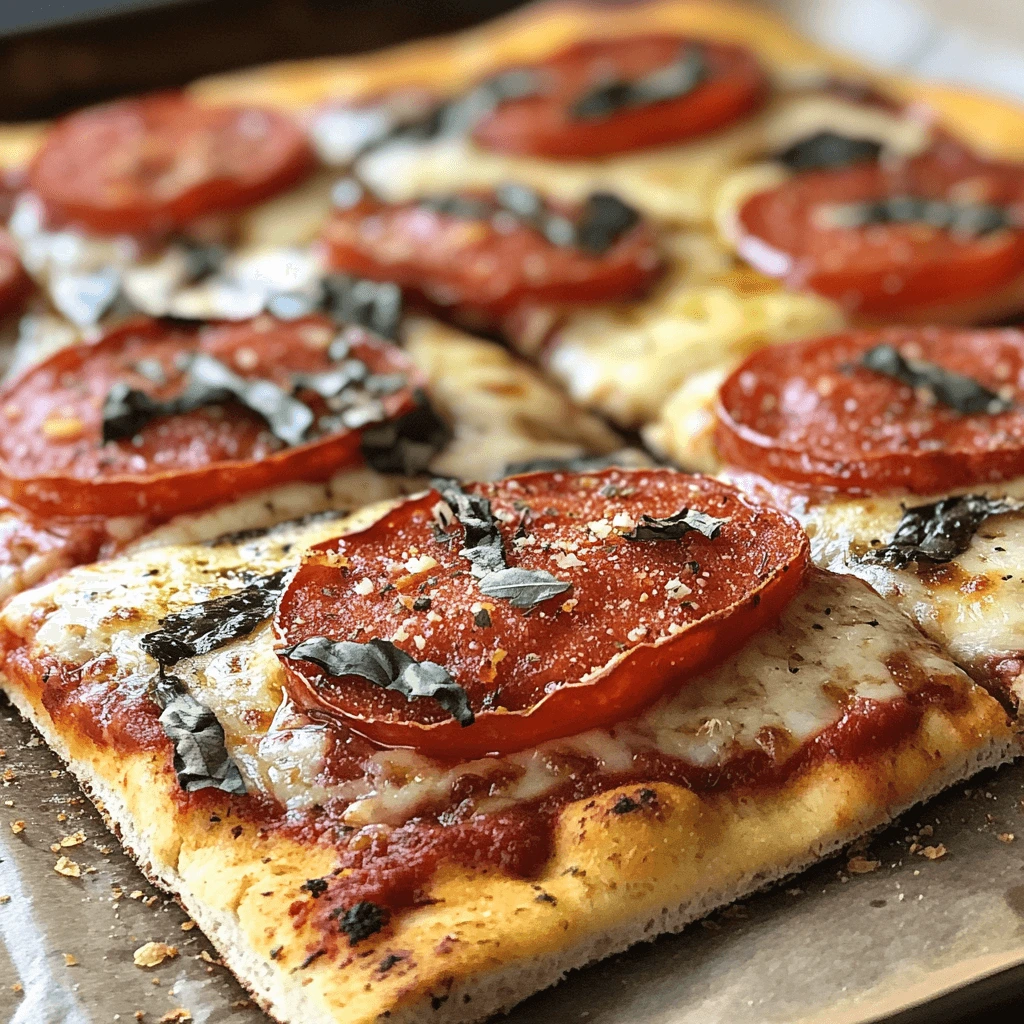
Common Mistakes to Avoid When Making Dairy-Free Pizza
Making dairy-free pizza can be a challenge, especially if you’re new to dairy-free cooking. Avoid these common mistakes to ensure a delicious, satisfying result.
1. Choosing the Wrong Cheese Alternative
Not all dairy-free cheeses melt or taste the same. Some have a strong aftertaste, while others don’t melt properly. Opt for brands known for good texture and flavor, or experiment with homemade cashew or almond-based cheese.
2. Skipping a Flavorful Sauce
Since dairy-free cheese may lack richness, a well-seasoned tomato or pesto sauce is crucial. Add fresh herbs, garlic, and a pinch of red pepper flakes to enhance the taste.
3. Overloading the Toppings
Too many toppings can make the crust soggy and prevent even cooking. Balance your toppings with a mix of vegetables, plant-based protein, and dairy-free cheese to maintain texture and flavor.
4. Using the Wrong Crust
A good crust is the foundation of any pizza. Thin, crispy crusts work well for lighter toppings, while thicker crusts can handle heartier ingredients. Opt for whole wheat, gluten-free, or cauliflower crusts for added nutrition.
5. Not Baking at the Right Temperature
Dairy-free cheese needs high heat to melt properly. Bake your pizza at 450°F (230°C) for a crispy crust and evenly melted toppings.
Conclusion
Dairy-free pizza is not only a healthier alternative to traditional pizza but also a versatile and delicious choice for anyone avoiding dairy. With a variety of cheese options, flavorful toppings, and a range of crusts to choose from, you can easily create a pizza that fits your dietary needs without compromising on taste. Whether you’re vegan, lactose intolerant, or just looking to try something new, dairy-free pizza offers endless possibilities for customization.
Now it’s your turn to experiment! Try out the different variations we’ve discussed, like the classic dairy-free Margherita or the Mediterranean veggie pizza. Don’t be afraid to get creative with your toppings and sauces. We’d love to hear about your creations—drop a comment below with your favorite dairy-free pizza toppings or any tips you’ve learned along the way.
Enjoy making your pizza, and remember, the best pizzas are the ones you make with your own unique twist!

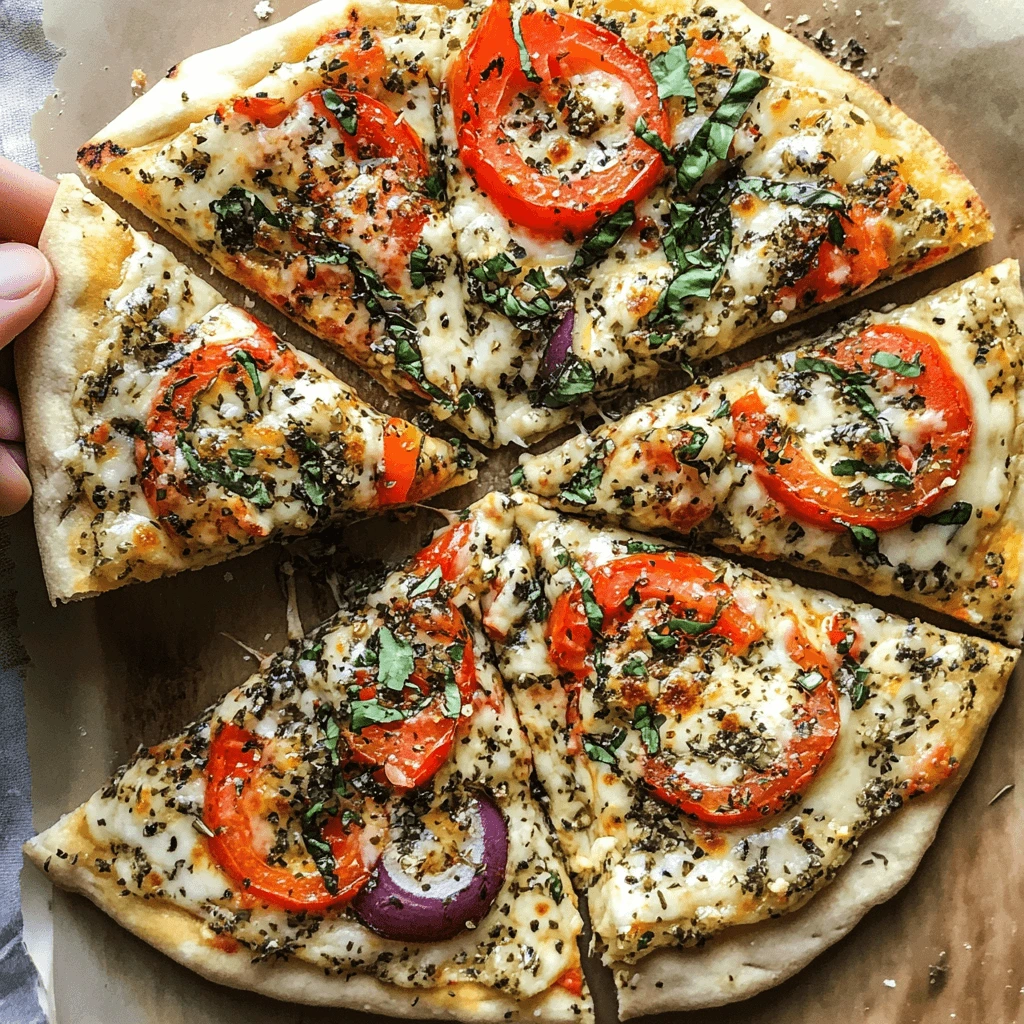
2 thoughts on “How to Make the Best Dairy-Free Pizza – Easy & Delicious”